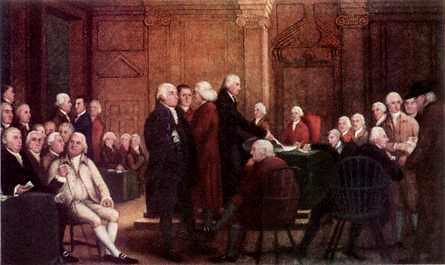Who were the Federalists and the Anti-Federalists?

Who were the Federalists and the Anti-Federalists, and how did they differ?
Proponents of the Constitution adopted the name "Federalists," taking the name away from their opponents, known as "Anti-Federalists," who claimed that the confederation of states under the Articles of Confederation was a true federal government. Federalist leaders included men like James Madison, Alexander Hamilton, and John J, who together wrote a series of 85 newspaper essays collected in a book called The Federalist (1788), as well as George Washington and Benjamin Franklin. As nationally known figures they used their prestige and political finesse to organize support for the Constitution. They attracted merchants, lawyers, planters, and other elites, but also
artisans, shopkeepers, farmers, and others of the middle classes whose livelihoods would benefit from stronger national economic control.
On the other hand, most Anti-Federalists were not prominent national leaders; however, they vehemently opposed the Constitution for various reasons. Some were opposed to Congress's taxation power, others disliked the president's sweeping authority, and still others objected to the omission of a Bill of Rights to protect individual liberties. In general, however, the
Anti-Federalists, many of whom were small farmers, feared that the Constitution created a national government that would be dominated by aristocrats whose nearly limitless power would deprive ordinary people of their independence. Prominent Anti-Federalists included Patrick Henry, Richard Henry Lee, George Mason, and Samuel Adams.
source:page 494,The Handy Politics Answer Book by Gina Misiroglu



0 Comments:
Publicar un comentario
<< Home